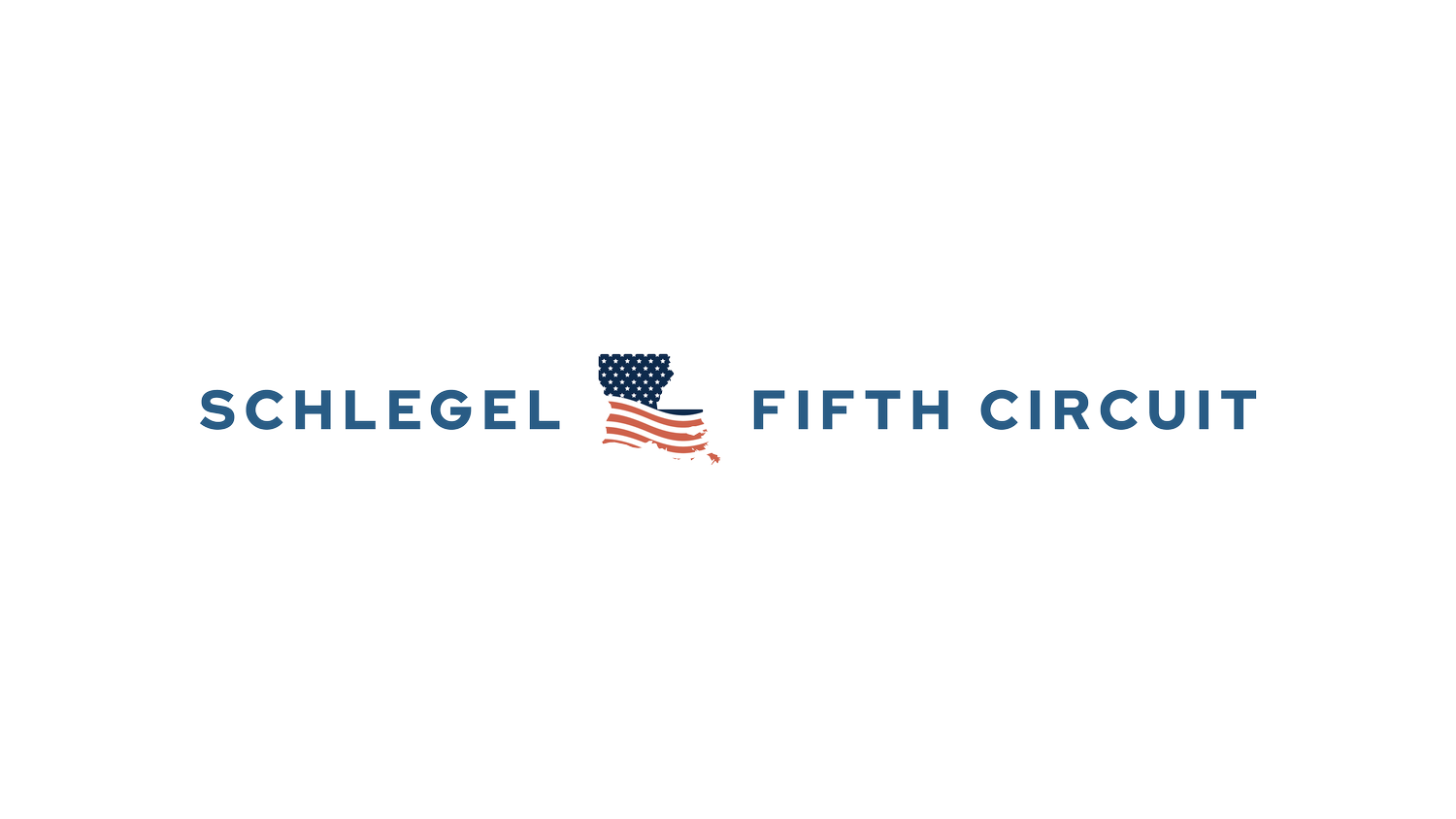The Invisible Co-Counsel: AI-Assisted Cross-Examination
Artificial intelligence is reshaping industries across the globe, and the legal field is no exception. As a judge with a keen interest in legal tech, I've been contemplating a specific application: Could AI assist attorneys during the cross-examination of a witness?
The concept is straightforward yet revolutionary: an AI system, armed with a comprehensive database of case documents, transcripts, and depositions, listens attentively to witness testimony. In real-time, it compares current statements against this repository of case-specific information, instantly flagging inconsistencies or potential falsehoods.
Imagine a seasoned trial lawyer pacing before the witness stand, iPad in hand. As the witness speaks, the AI quietly alerts the attorney to a discrepancy between the current testimony and a previous statement. With a subtle glance at the screen, the lawyer seamlessly pivots his line of questioning, zeroing in on the inconsistency.
Or picture a high-stakes corporate trial where the second chair, laptop open but eyes on the witness, receives a steady stream of AI-generated insights. These are discretely relayed to lead counsel, enhancing the precision and effectiveness of the cross-examination.
Looking further into the future, we might even see attorneys sporting augmented reality (AR) glasses. As they maintain unwavering eye contact with the witness, the AI projects barely noticeable highlights in their field of vision, drawing attention to crucial points of divergence in the testimony.
This technology isn't entirely far-fetched. It builds upon real-time transcription services already in use in some courtrooms. The leap from transcription to AI-powered analysis is significant but not insurmountable, especially given the rapid advancements in natural language processing and machine learning.
The potential benefits are compelling. Lawyers could uncover subtle inconsistencies that might otherwise go unnoticed, especially in complex cases with voluminous records. The time saved in manually cross-referencing statements could be substantial. Most importantly, this tool could contribute to more accurate fact-finding, potentially leading to more just outcomes.
However, as a judge, I'm acutely aware of the ethical and legal quandaries this technology would introduce. Would any judge, even me, allow such AI assistance in the courtroom? Does this tool cross a line, providing an advantage that goes beyond acceptable bounds of lawyer preparation and skill? How would we ensure equal access to this technology, preventing a new form of digital divide in legal representation? What about the privacy implications of an AI system processing sensitive testimony? And perhaps most crucially, how might the mere presence of this technology alter witness behavior or the fundamental nature of courtroom dynamics?
If we ever seriously consider implementing such a system, it would necessitate clear guidelines and rigorous standards. For starters, we would need to make sure that the jury remain oblivious to the AI's hidden role.
This thought experiment challenges us to look beyond the technical possibilities and consider the very essence of legal proceedings. As we stand at the intersection of AI and law, we must approach these innovations with a balance of open-mindedness and cautious scrutiny. Our paramount duty remains protecting the integrity and accessibility of our legal system, ensuring that technological advancements serve to enhance, rather than undermine, the pursuit of justice.
